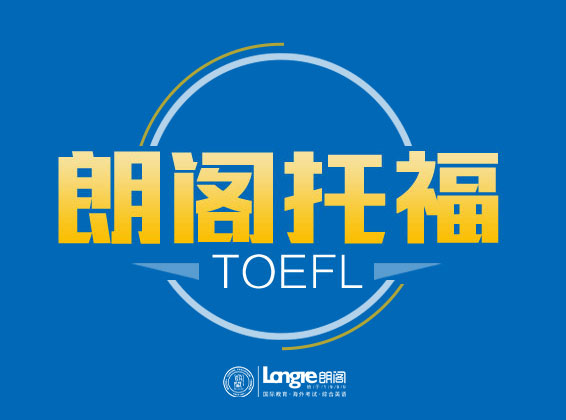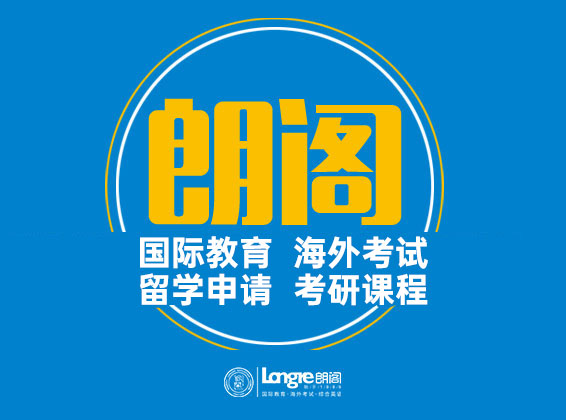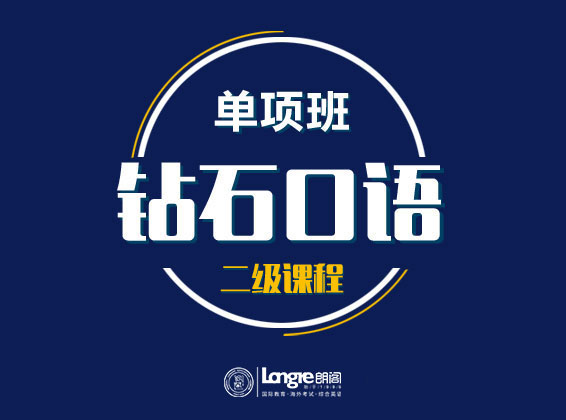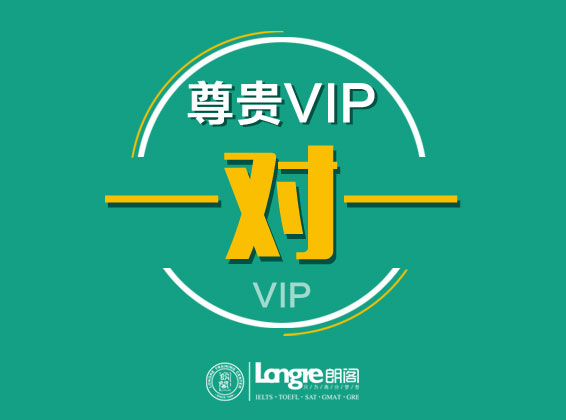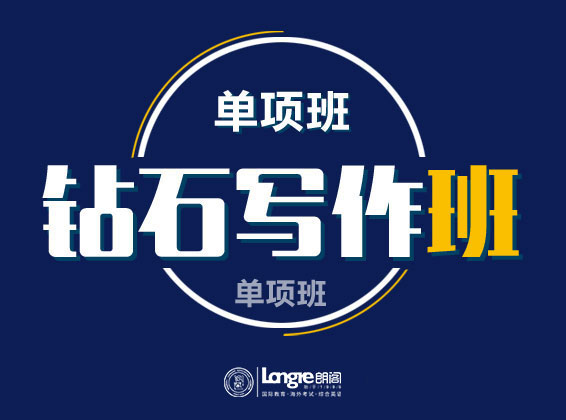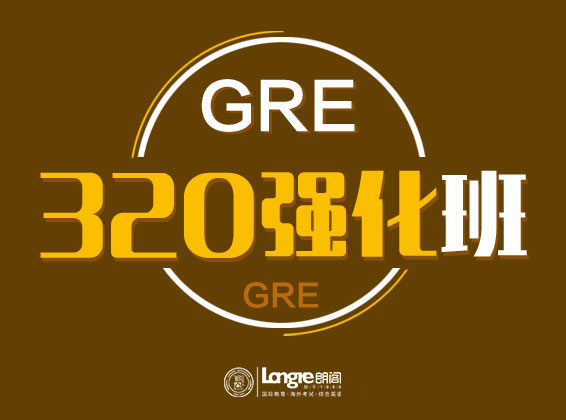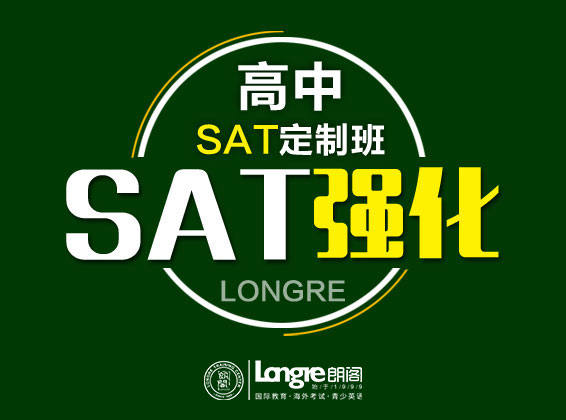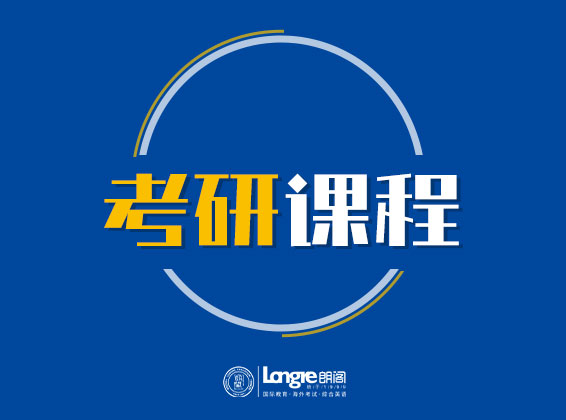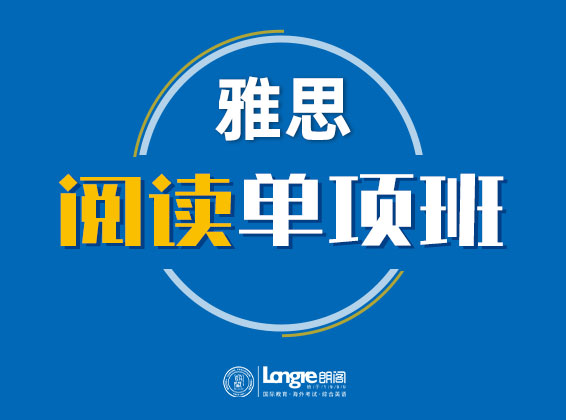|
苹果手机算得上是目前 热的手机款式之一,苹果公司的每个举动也会带来一系列的连锁反应,前段时间,苹果决定涨薪,这导致的 终结果将会使中国受益。下面,我们就来进入今天的托福双语阅读材料:苹果涨薪 中国受益。 Apple’s decision to back wide-ranging pay and labour reforms at the Chinese factories of Foxconn, its biggest contract supplier, will clearly raise costs at both companies. 苹果(Apple)决定支持其 大合同供应商富士康(Foxconn)在其在华工厂中实施广泛的工资和劳资关系改革。此举必将提高苹果与富士康两家公司的成本。 But the Apple empire will not see a serious dent in its profitability, as its high-tech competitors will have to follow suit. And it’s a price worth paying to keep on the right side of consumers who don’t like the idea of buying iPhones made by slaves – and of the Chinese authorities who have backed pay rises for workers to help spread the benefits of economic growth. 但鉴于竞争对手也不得不效仿此举,苹果帝国的利润不会受到严重冲击。这是值得付出的代价,因为如此一来苹果就与消费者和中国当局站在了一个阵营中——消费者不希望购买由奴隶生产的iPhone,而中国当局为了让经济增长惠及多人,一直支持为工人涨薪。 Investors believe the electronics industry can take this in its stride. Despite the dramatic headlines, shares in Hon Hai, Foxconn’s parent, fell just 1.3 per cent in Taipei on Friday, following a 1.3 per cent drop in Apple on Thursday. 投资者相信,电子行业能够从容接受提高工人工资。尽管涨薪新闻引人注目,但富士康母公司鸿海(Hon Hai)的股价周五在台北只跌了1.3%,此前周四苹果股价也跌了1.3%。 As the FT reported, the news came hours after Tim Cook, Apple’s chief executive, toured a Foxconn production line in China, when the US-based Fair Labor Association announced the contract manufacturer had agreed to improve conditions for its 1.2m workers. 如英国《金融时报》此前报道,苹果首席执行官蒂姆?库克(Tim Cook)参观富士康在中国的生产线几个小时后,就传出了新闻:总部位于美国的公平劳动协会(Fair Labor Association)宣布,富士康同意改善120万名工人的工作条件。 With Foxconn operating at profit margins of only 1.5 per cent, compared to 30 per cent at Apple, it’s clear that the world’s most valuable company by capitalisation will have to bear most of the extra cost. 富士康的营业利润率只有1.5%,而苹果则为30%,显然,苹果这家全球市值 高的企业将承担大部分因涨薪导致的额外成本。 It won’t have any difficulty finding the money in its $100bn cash pile. Nor should the agreement gravely impair its profitability. The estimated manufacturing labour content of an iPhone or iPad is around 5 per cent. China Capital Securities puts labour costs at just 2-3 per cent of total operating costs at Hon Hai. 苹果拥有1000亿美元现金流,因此承担这些成本并不困难。涨薪协议也不会对盈利能力产生重大影响。据估计,iPhone和iPad的生产劳动成本约为5%。中国中信证券(Citic Securities)则认为,劳动成本只占鸿海全部经营成本的2-3%。 The impact on western companies less profitable than Apple might be more significant, because these manufacturers will now come under pressure both in the US and China. Those in the firing line include Hewlett-Packard, Nokia, Motorola and Sony. 不过,比苹果盈利能力弱的西方企业受到的冲击可能为严重,这些生产商不管是在美国还是中国,目前都面临涨薪压力。首当其冲的包括惠普(Hewlett-Packard)、诺基亚(Nokia)、摩托罗拉(Motorola)和索尼(Sony)。 But the industry as a whole should be able to manage the shock, just as the sports shoe sector adapted to higher Chinese labour costs in the 1990s after a high-profile campaign against Nike, the market leader. Just like Nike, Apple and co make stuff that everybody seems to want. 但是,这个行业整体上应该可以应对这次冲击,正如20世纪90年代,运动鞋行业适应了中国劳动成本上涨一样——当时,市场先者耐克(Nike)面对的要求加薪的呼声 高。苹果和耐克一样,生产的是人人似乎都需要的产品。 Pay has already been rising, with Foxconn leading the way following a spate of suicides in 2010. Last month the company announced another round of wage increases of 16-25 per cent. 中国工人的工资此前就已经在上涨。富士康在2010年出现一系列工人自杀事件后,先上调了工资。上个月,富士康宣布工资再涨16-25%。#p#分页标题#e# And Beijing wants to see further improvements over the coming years so that workers benefit from the fruits of their labours. 中国政府希望未来工资能够继续上涨,让工人从自己的劳动果实中获益。 China’s share of low-tech exports has already started to fall. It accounted for 53.6 per cent of US imports of textiles and clothes last year, compared to 53 per cent in 2010. Low-wage Vietnam and Bangladesh are among the countries gaining market share. 中国在低附加值域的出口份额已经开始下降。去年中国产品占美国进口纺织品和服装的比重已经从2010年的53.6%降至53%。工资水平低的越南和孟加拉等国的市场份额开始增加。 But this isn’t bad for China. Japan, South Korea and Taiwan, the east Asian economies which became wealthy through their manufacturing process, all moved out of low-tech exports as they moved up the value chain. 但这对于中国而言不是坏事。日本、韩国和台湾等通过制造业起飞的东亚经济体在向价值链上游转移时,都摆脱了对低附加值出口的依赖。 Chinese average wages are now above those of its low-pay rivals, as the chart below shows. But it has a big cost advantage over Malaysia and Thailand, exporters of the high-tech hardware that China now wants to move into. 目前中国的平均工资高于其低收入的竞争对手。不过,相对于马来西亚和泰国而言,中国依然具有明显的成本优势。马来西亚和泰国以出口高科技硬件为主,现在中国希望进入这一行列。 Furthermore, China, with its good education levels, big infrastructure developments and work ethic remains very competitive, not least in its inland regions, where wages lag behind those on the coast. As this chart shows, China’s export prices in dollar terms are not rising as fast as prices from other emerging markets. 此外,中国教育水平高,基础设施发达,职业道德良好,因此依然极具竞争力,何况内陆地区比沿海地区的工资水平低得多。按美元计,中国出口价格的涨幅并没有像其他新兴市场那么快。 Companies as well as countries are adjusting. Indeed. Hon Hai is a perfect example. Only this week it announced plans to buy 10 per cent of Sharp, the ailing Japanese display screen company, in a $806m deal. It may have made its fortune in low-cost labour but it sees its future in high-end technology. 中国的企业和中国都在调整。没错。鸿海就是一个典型。就在本周,鸿海宣布以8.06亿美元收购日本境况不佳的显示器制造商夏普(Sharp)10%的股份。鸿海或许依靠低廉的劳动力起家,但是其未来则在高科技域。 (责任编辑:sailor) |


